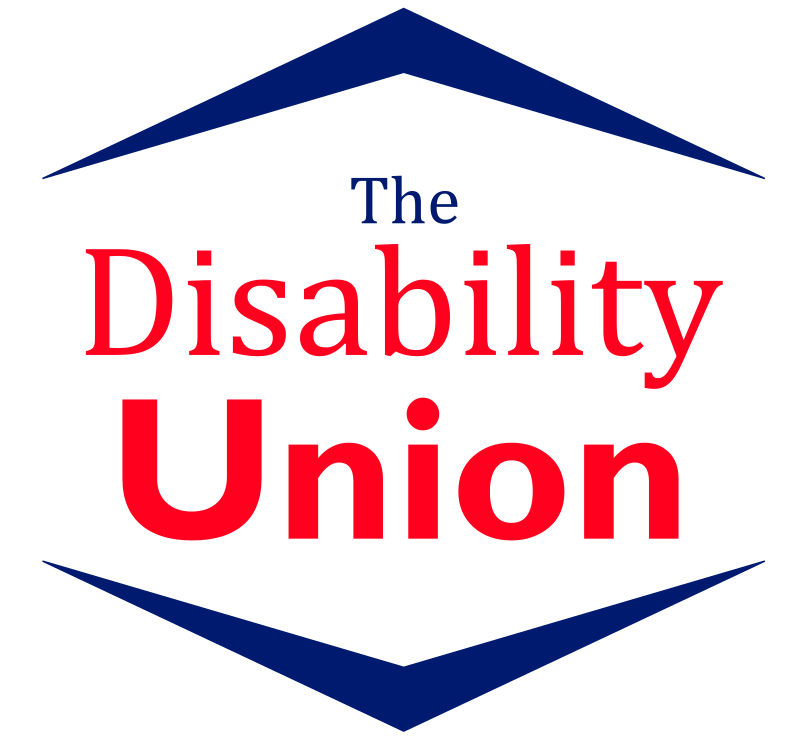
A little over a month ago, we had an article discussing 10 ways you can make your office more accessible. That article, however, focused more on physical/mobility disabilities and failed to give some accommodations for people with other kinds of impairments. Not all disabilities are the ones you can easily spot. For instance neurodivergent disabilities, which include disabilities such as autism, aspergers, dyslexia, and ADHD, aren’t apparent by just looking at someone. The same is true for people who are Deaf/Hard of Hearing. Much like how a wheelchair user can’t go up steps and needs a ramp, these disabilities require reasonable accommodations as well. The following 6 accommodations to make for employees with disabilities is by no means a complete and comprehensive list, but hopefully this can get you started.
Noise-Canceling Headphones
Those with Autism and ADHD might benefit from noise-canceling headphones. For people with these disabilities, noise can be distracting and overwhelming. Extra noise can make it difficult, or even impossible, to focus on their work. Autistic people can sometimes be extra sensitive to sound. So even if your office is quiet, this might be a necessity for them.
Screen Filters
There are a few kinds of screen filters to talk about here. The first one is for people who are colorblind or have a sensitivity to intense or frequent light. Having a filter that reduces light and makes colors less intense can make it easier for people to focus. There are web extensions for Google Chrome that create a “dark mode”, which reduces eye strain.
The second kind of filter, which limits what is shown on the screen at any given time, is mostly for people with ADHD, but can benefit other people as well. Being able to block out unnecessary notifications can help them focus and not get distracted when things pop up on the screen.
Text-to-Speech and Speech-to-Text Programs
Text-to-speech and speech-to-text software can serve many purposes for a wide range of disabilities, which is why this is a personal favorite accommodation of mine. Having a screen-reader can help people with processing disabilities understand information easier. It can help people with visual disabilities access necessary information. Additionally, you’ll want to have this available for phone calls if your employee will be using the phone at all.
Speech-to-text, or dictation, software can benefit people with dyslexia by helping them work faster, as well as people with physical disabilities who might have trouble typing with a keyboard for long periods of time. Dragon, which has been around since 1997, is the standard in terms of dictation software.
Accessible Keyboard and Mouse
Okay, I had to sneak in one accommodation for people with physical disabilities, but that’s not the only time it can come up. For people with physical disabilities who have a hard time moving their hands around, having a smaller keyboard can be beneficial because they won’t have to reach as far to get to the keys. Likewise, a mouse such as this one will make it easier to move the cursor of the mouse around without needing to move their wrist. Additionally, some people might find the clicky sounds of certain keyboards overstimulating. Finding a quieter keyboard can help them from getting overstimulated and exhausted.
Keyboard and mouse preference is a very personal thing, especially when it comes to one that is accessible to the user. What might work for someone might not work for the next. When in doubt, ask your employee what keyboard and mouse they find most accessible.
Time Management Software
Some neurodivergent disabilities make it harder for the people with them to prioritize tasks and get them done by the deadline. Too many tasks can be overwhelming and it can be hard to know where to even begin. Having a program like Trello can help not only people with these disabilities prioritize and get things done, but it can also be used by the whole team to keep tabs on how things are going on big projects.
Visual Representation of Audio Cues
Does your office have a PA system? How is someone who is Deaf/HoH supposed to know when it goes off? Having visual cues, like a blinking light, go off whenever something auditory happens is crucial for hearing disabilities. Another scenario would be an employee who is in their office and someone knocks on their door door. A visual cue when someone knocks could be, perhaps, having a doorbell that sets off a light instead. Basically, anything that’s important that makes sound should also come with a visual component.
As you can see, there are many accommodations that need to be made for a wide array of disabilities. Most of the accommodations in this article are more specialized and personal to the individual employee, so it’s difficult to plan for these ahead of time. HOWEVER, all of these accommodations are relatively simple fixes, and can make your employee(s) all the more productive. The biggest piece of advice I hope you come away with when reading these two articles is this: Your employees know what accommodations they need, so listen to them and work with them to get things right. You hired them because they were qualified, but they won’t be able to perform to the best of their ability if they aren’t given the proper accommodations.

